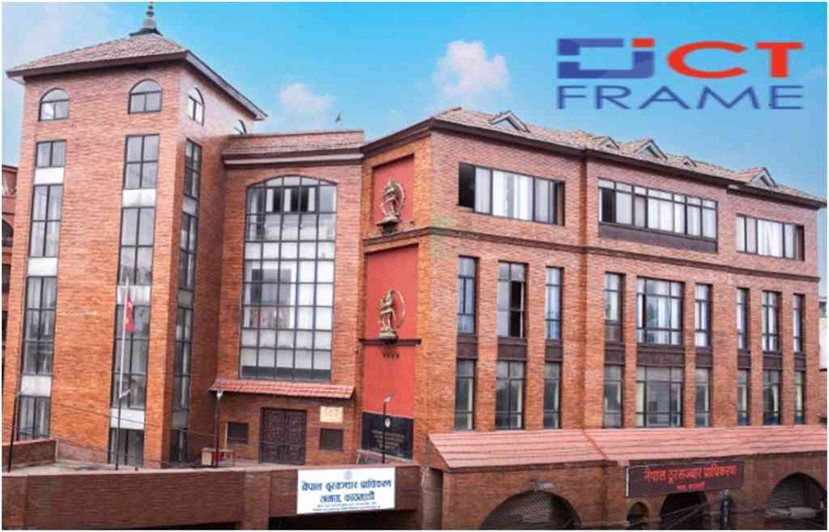Draft National Frequency Strategy, Give Your Suggestions
20th July 2021, Kathmandu
Nepal Doorsanchar Company Ltd. is popularly known as Nepal Telecom or NTC.
It is a state-owned telecommunication service provider in Nepal which have 91.49 percent of the government share.
The Telecommunications Authority of Nepal, the regulatory body for the telecommunications sector, has drafted a ‘National Frequency Strategy’.
NTA has prepared a draft with the necessary strategy to make the frequency management and distribution system more transparent and systematic.
NTA has requested the stakeholders to assist in the formulation of the strategy by providing opinions, suggestions, and feedback on the strategy within 15 days.
The draft covers issues such as frequency management for the telecommunications sector, the possibility of additional frequencies, FiveG deployment, regulation of TDD network, spectrum roadmap, and other issues.
The draft also covers the number of frequencies currently available and which of the existing frequencies can be used for which technology.
After the opinion, suggestions, and feedback of the stakeholders, this draft will be submitted to the NTA Board.
The draft will reach the National Frequency Policy Determination Committee chaired by the Minister of Communications and Information Technology.
It is said that the frequency strategy will be implemented as soon as the committee passes it.
Click [email protected] to send suggestions and feedback via email.
Table of Contents of National Spectrum Strategy (Draft)
Introduction……………………………………………………………………………………………………………………………3 Background………………………………………………………………………………………………………………………..3
Radiofrequency (RF) ………………………………………………………………………………………………………….3 Spectrum management…………………………………………………………………………………………………………4 Wireless technologies ………………………………………………………………………………………………………….4 Present Status of Nepal ……………………………………………………………………………………………………………8 Legislative provisions………………………………………………………………………………………………………….8 Spectrum allocation and usage………………………………………………………………………………………………8 Need for spectrum strategy …………………………………………………………………………………………………11 Objectives, Methodologies and Scope ……………………………………………………………………………………..12 Strategies for Optimal use of Cellular Frequencies……………………………………………………………………13 Technology Neutrality ……………………………………………………………………………………………………….13
Band specific approaches……………………………………………………………………………………………………13
700 MHz, 800 MHz, 850 MHz and 900 MHz (sub-1 GHz Bands)……………………………………….13
1800 MHz and 2100 MHz ………………………………………………………………………………………………14
2300 MHz and 2600 MHz (Coverage and Capacity Bands)…………………………………………………14
3700 MHz: C-Band (Capacity and Coverage Band)……………………………………………………………15
26 GHz: mmWave Band (Capacity Band)…………………………………………………………………………15 Deployment of 5G……………………………………………………………………………………………………………..15 Regulations for TDD network……………………………………………………………………………………………..16
TDD Time Slot Synchronization: …………………………………………………………………………………….16
4G & 5G TDD Frame Structure Alignment:………………………………………………………………………16 Strategies for Frequency Management …………………………………………………………………………………….17 Execution and Evaluation ………………………………………………………………………………………………………20 Annex A: Spectrum Roadmap ………………………………
You can see more about the spectrum strategy in this link: Click Here






